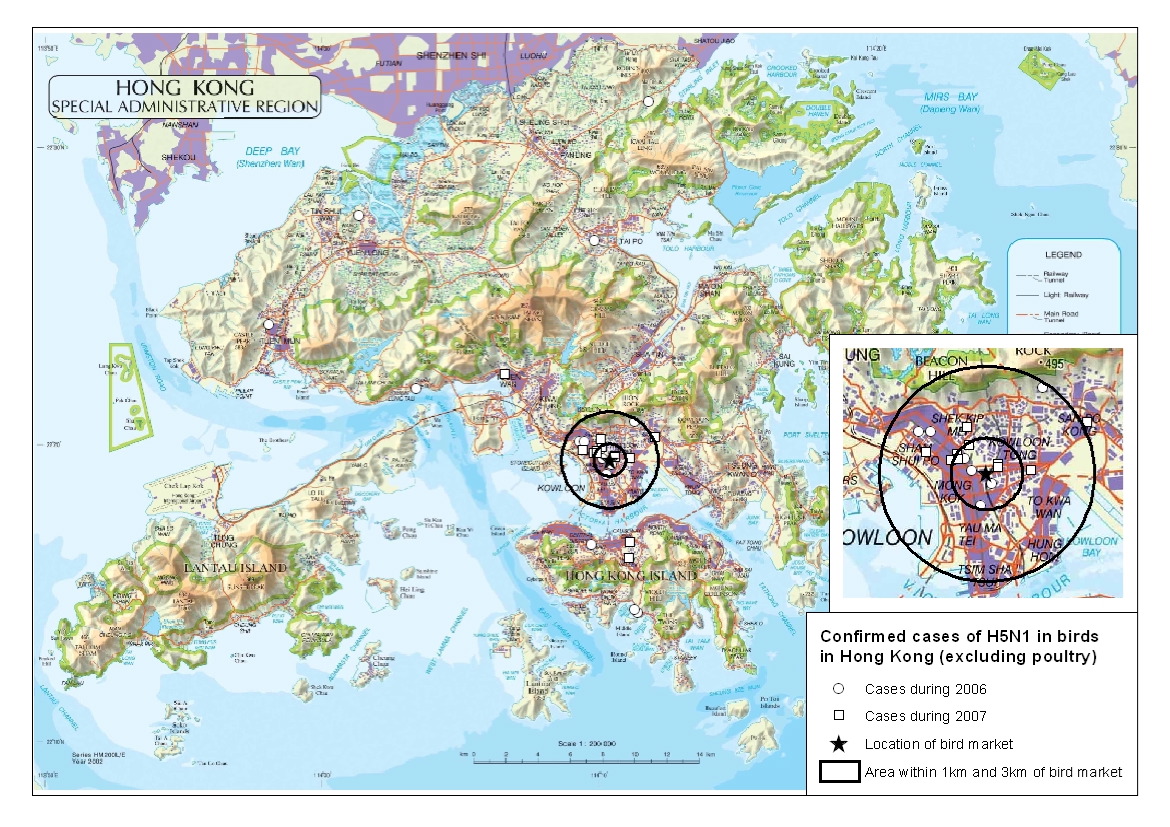
Bird Trade Bringing H5N1 to Mong Kok, Sham Shui Po & Happy Valley
Global H5N1 Experts & Hong Kong Bird Watching Society Calls for Ban
Press Release
Hong Kong Bird Watching Society
7 March, 2007

| Welcome to HKBWS Forum 香港觀鳥會討論區 (http://hkbws.org.hk/BBS/) | Powered by Discuz! 6.0.0 |